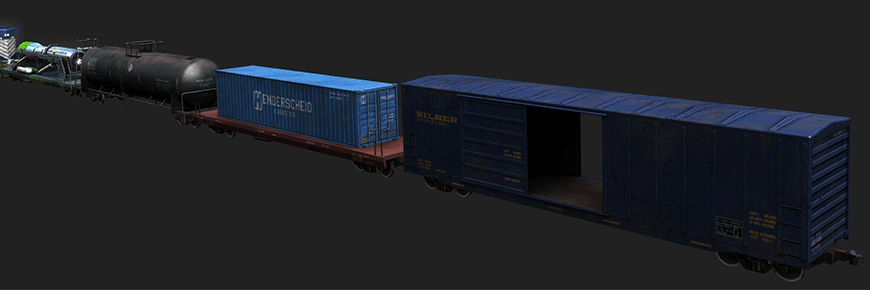

 |
||
 |
||
|
|
|
Maximizing existing technology and resources. Batman (2013) - Faced with tight time constraints, I made use of available technology to create a dynamic damage system. Repurposing the existing skinning and animation system for damage was very quick to setup and implement with minimal programmer support. The damage was convincing when coupled with real-time physics and particle fx systems. |
 |
|
Dynamic Damage |
|
Complex Environment Creation Pipeline. At Clairvoyant Systems, I developed a complete race track generation pipeline. This process began with on-site track data collection including: centimeter-accurate differential GPS site surveying; photo and video reference gathering. I created a suite of Max script tools which spanned the many steps from importation of GPS data to the creation and UV mapping of the racing surfaces. The Racetracks created using this pipeline were used in conjunction with race car GPS data to create visualizations for: 2008 Indy 500 broadcast; R&D testing with the Formula 1 governing body, the FIA; various F1 team marketing efforts including 2006 world champions, Renault F1. |
|
|
||||||||||||||||||||||||||||||||||||
|
|
|
This segment aired on ABC's pole day coverage of the 2008 Indy 500. In this clip, the previous years battle for pole position is shown in virtual reality. Tony Kanaan's #11 car is shown as a ghost car alongside Helio Castroneves's #3 pole winning run. |
|
|